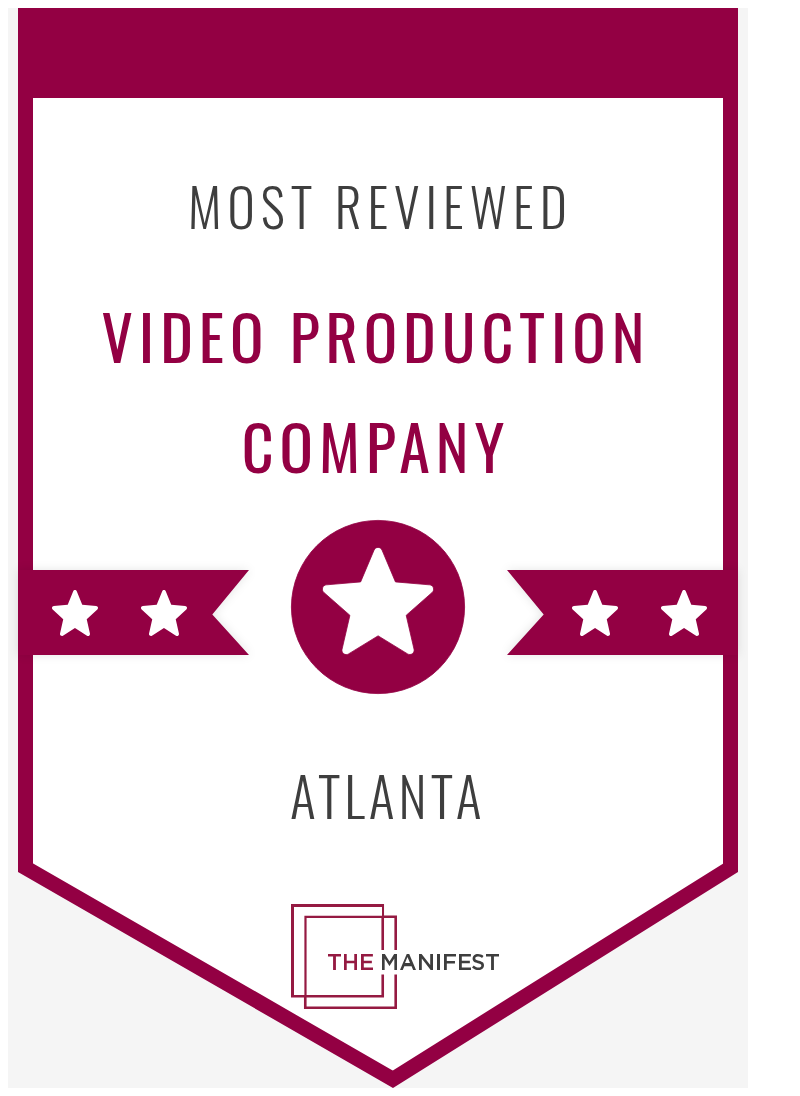Blending AI and Human Input in Content Creation: Striking the Right Balance
The integration of artificial intelligence with human creativity is transforming content production by combining AI’s speed and data processing with human insight, nuance, and ethical judgment. AI tools efficiently generate ideas, draft initial content, and analyze trends, while human input ensures authenticity, context, and quality control. This collaboration maintains content credibility by addressing errors, biases, and ethical concerns that AI alone cannot manage.

AI handles repetitive, data-driven tasks such as keyword research and initial drafting, enabling creators to produce content quickly and identify emerging trends. However, the subtleties of tone, cultural relevance, and emotional resonance require human interpretation to connect authentically with audiences. Editors and writers refine AI outputs, adapt language to fit brand voice, verify facts, and uphold ethical standards.
Custom AI models trained on client-specific data enhance alignment with brand identity and project goals. Throughout the content lifecycle—from ideation to performance analysis—AI accelerates workflows, while humans validate and enrich messaging, preserving originality and consistency.
This partnership encourages experimentation by freeing creators from mundane tasks, allowing more focus on strategic thinking and storytelling. Transparency about AI involvement and careful oversight prevent misinformation and maintain trustworthiness. As AI tools evolve, human roles in guiding, contextualizing, and humanizing content remain essential.
Frequently Asked Questions About Blending AI and Human Input in Content Creation
How is originality maintained when using AI?
AI generates drafts and ideas based on data but lacks true originality and emotional depth. Human input interprets AI outputs, infuses personality, and tailors messages to resonate with specific audiences, ensuring content reflects the brand’s unique voice.
How is quality control ensured?
AI can produce errors or perpetuate biases from training data. Human oversight reviews and edits content to catch mistakes, verify facts, and adjust tone, preserving credibility and preventing misinformation.
How are ethical concerns managed?
Since AI lacks moral judgment, humans guide the process to ensure transparency about AI’s role and avoid deceptive practices. Ethical content creation involves disclosing AI contributions and evaluating content impact responsibly.
What does the practical workflow look like?
AI handles repetitive, data-heavy tasks, freeing humans to focus on strategy, storytelling, and refinement. This division of labor enhances efficiency without sacrificing nuance or authenticity, creating a balanced content creation process.
Summary
Balancing AI and human input enhances both efficiency and creativity in content creation. AI excels at data-driven tasks and initial drafts, while human expertise adds nuance, ethical judgment, and authentic voice. This collaboration improves quality, accuracy, and innovation, enabling content professionals to produce impactful, trustworthy work that meets audience expectations without sacrificing originality or integrity.
For more insights, read the original article on Search Engine Land: https://searchengineland.com/blend-ai-human-input-content-approach-455642
As the original article author notes, “The collaboration between AI and human writers is positioned as a key strategy for successful content development in the digital landscape.”













.png)

